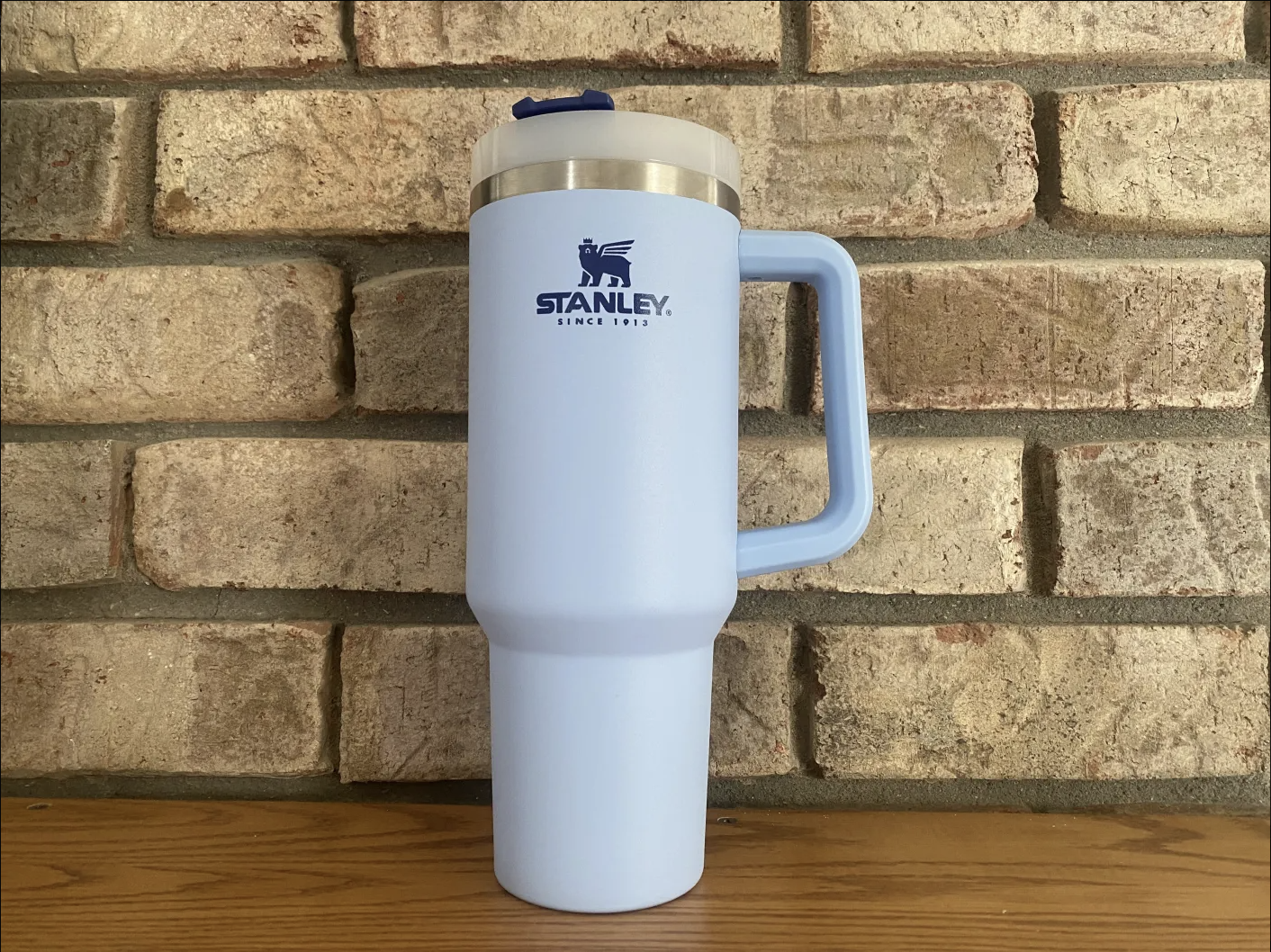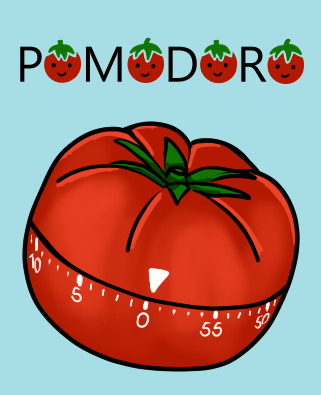From blue-collar staple to social media sensations.
By April Hernandez
The recent surge in the Stanley cup trend led to mobs of self-proclaimed Stanley cup enthusiasts storming retail stores, creating a buzz that flooded social media platforms. The iconic thermal cup became a sought-after fashion statement, appearing on everyone’s For You Page seemingly overnight. So, where did this cup come from?
Stanley cup’s origin
The initial popularity of this product stemmed from its durable, temperature-retaining, and leakproof design making it a favorite among blue-collar workers. This innovation laid the groundwork for the modern Stanley cup, founded over a century ago, by Stanley William Jr. who simply wanted a long-lasting hot cup of coffee.
Since its mass production in 1915, Stanley has continually switched up its designs, introducing diverse sizes, new colors, and innovative insulation technologies. What was once a practical choice for the working class has evolved into a symbol of style and trendiness.
A good marketing team
In a pivotal move during a 2020 brand revamp, Stanley’s global president, Terence Reilly, wanted to target women as a potential new customer base. This strategic shift involved introducing a new palette of Stanley cup colors and designs.
Social media has played the biggest role in the astounding $750 million revenue generated by these $45 cups. Stanley used influencers to promote the Stanley cup. By November 2023, #StanleyCup had over 6.8 billion views on TikTok. The combined power of marketing to women and influencer endorsements propelled the Stanley cup into a must-have item.
Social media has made this blue-collar staple into a symbol of trendiness. The Stanley cup, once a practical object, is now a viral fashion statement.
My opinion
The whole Stanley cup hype, pulling in a whopping $750 million in sales, is more than just buying stuff. It is not just about getting a functional product but about being part of this massive trend and showing off your style. It is people saying, “Hey, this cup is not just a cup; it’s who I am.”
The crazy Stanley cup sales show we are not just buying things anymore – we are buying a lifestyle, a status, and the thrill of being part of something big. It’s consumerism in action, where what you buy says more about you than just the practical use of the product.



